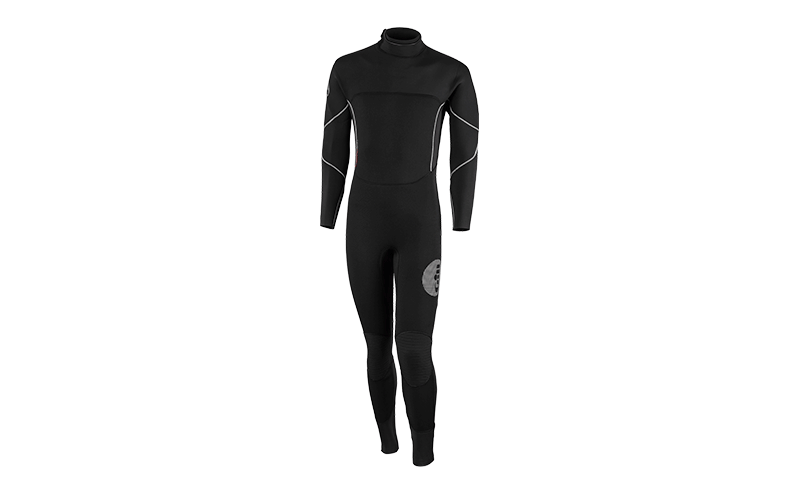Layer up in Gill Wetsuits
Posted by gill_admin on 24th Feb 2017
The design team at Gill go to great lengths to ensure a new product category is well considered and fit for purpose. This begins with an in-depth research programme that ensures they don’t just create a Me2 product, but rather look at what is available, how it can be made better, made unique and improve the sport.
A case in point is Wetsuits. The latest requirements for protection, not just from the water, but for impact, [as sailing speeds up with the growing popularity of foiling] and abrasion, which have been part and parcel of the Gill design for many years.
Most wetsuits in the past were originally made for other water sports and did not take into account that in dinghy sailing you could be sitting down and hunched up a lot of the time, whilst also needing to flex your knees and arms. This made the current wetsuits restrictive and uncomfortable.
The first Gill wetsuit range came out in 2002 and by today’s standards may look a little basic, but back then it was ahead of its time. Key features included reinforced neoprene on the seat and knees, high stretch neoprene behind the knees and under the arms for maximum freedom of movement and comfort, together with Titanium smooth skin panels on the front and back for minimum heat loss through evaporation.
These wetsuits quickly gained a reputation amongst the top sailors, helped by working with Hugh Styles and Adam May the Team GBR Tornado sailors.
Over the years the range has been continually improved. In 2016 the Thermoskin collection was launched. This versatile winter clothing system is for extreme sailing in wet and cold environments that can be worn as single layers or combined with a base layer like the Gill Hydrophobe top or a Thermoskin top for extra warmth when the temperature drops.
Take for example the Thermoskin skiff suit, which I use sailing my RS Aero. Starting from the top it has a SuperFlex neck opening that eliminates the need for a zipper, X4 Flex fabric across the shoulders and behind knees for complete freedom of movement, enhanced by Silicon grip profiling that stops the suit riding up.
Glued and blind stitched construction create a watertight seal keeping you warmer for longer. The abrasion resistant Di-Guard seat and knees are strategically positioned to enhance durability and finally a relief zipper for those long championship races.
In addition, the suit is compatible with Performance hiking pads that can be retrofit and adjusted to almost any position that suits the user.

I tend to wear the Thermoskin skiff suit with the Thermoskin top which turns the skiff suit into a multi season product, giving additional warmth in the upper body without restricting movement. These layers work together using zoned thermal insulation that trap air around the torso where the body requires its core temperature to be maintained ensuring optimal performance. This enables the product to be lighter, more malleable and less likely to soak up water.
In the forty years, I have been dinghy sailing I have never been so comfortable, so agile and as well protected as I am today. This range in my humble opinion is the most advanced, most comfortable, highest performing range of dinghy wetsuits on the market. It has transformed my sailing enjoyment and kept me warm and comfortable in sailing my RS Aero, a boat that is far too hairy for a man of my years, tipping me in at every opportunity.
For further information check out Dinghy range or come and see us at the Dinghy Show at Alexandra Palace, 4-5th March. You can try one on and see for yourself!
Nick Gill

